American Psycho’s ending reveals how many victims (if any) Patrick Bateman actually killed, how much of the movie takes place in his unhinged mind, and the overall deeper meaning. The movie's conclusion makes a point of leaving its events ambiguous during the discomfiting, blackly comic finale, demystifying none of its strange and seemingly contradictory occurrences. Based on the novel of the same name by Bret Easton Ellis, American Psycho sees young Wall Street banker Patrick Bateman (Christian Bale) engaging in increasingly shocking, grotesque misdeeds throughout the movie while still working his day job and finding time for social events.
By the midpoint of American Psycho, Bateman has begun attracting attention, which leads to Jared Leto’s appearance as Paul Allen ending with an ax through his skull. Bateman begins committing more and more outrageous crimes in American Psycho, culminating in the bloody chainsaw slaughter of two women in an apartment complex and a shooting spree. Unable to cope with his spiraling behavior, Bateman finally confesses everything to his lawyer (twice — once via voicemail, and once in person), only for the lawyer to inform him Paul Allen isn't dead, leaving many questions about American Psycho's ending.
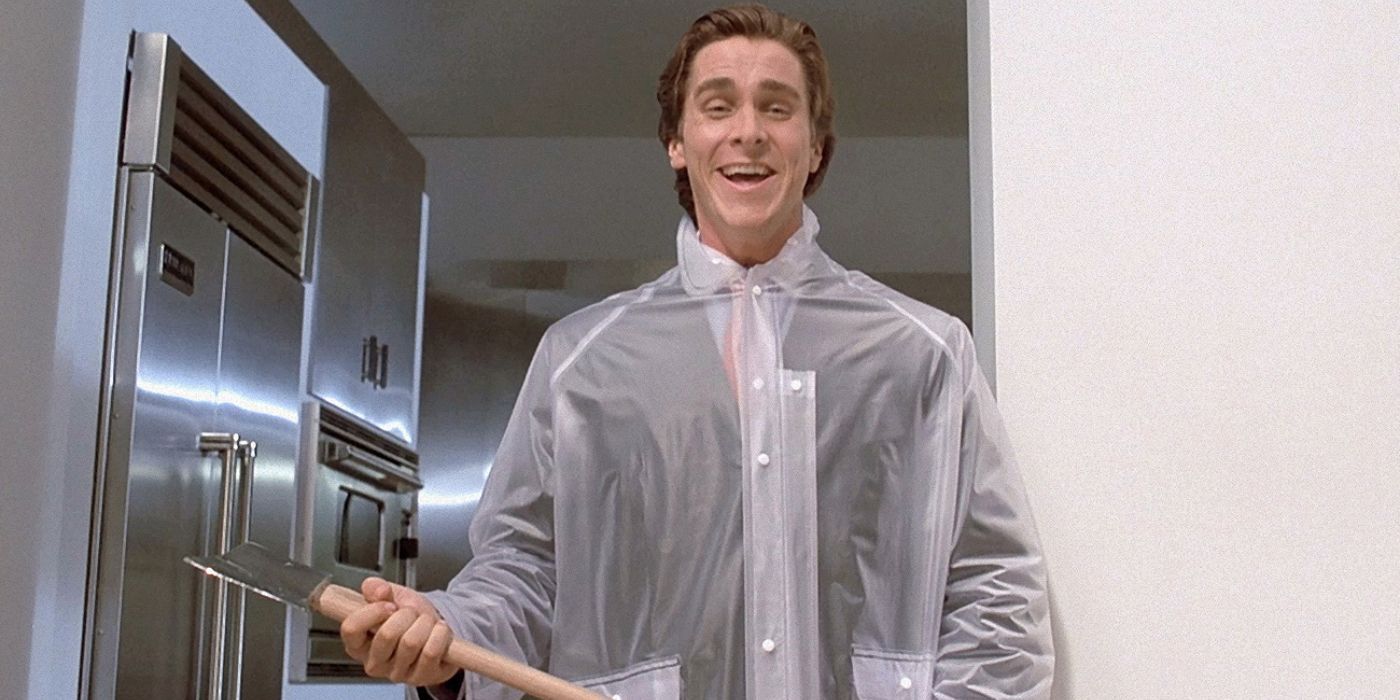
Related
American Psycho Cast & Character Guide
American Psycho is a brutal American satire that stars Christian Bale as a businessman turned serial killer, alongside a great supporting cast.
What Happens In American Psycho’s Ending
Patrick Bateman Returns To Work Like Nothing Ever Happened
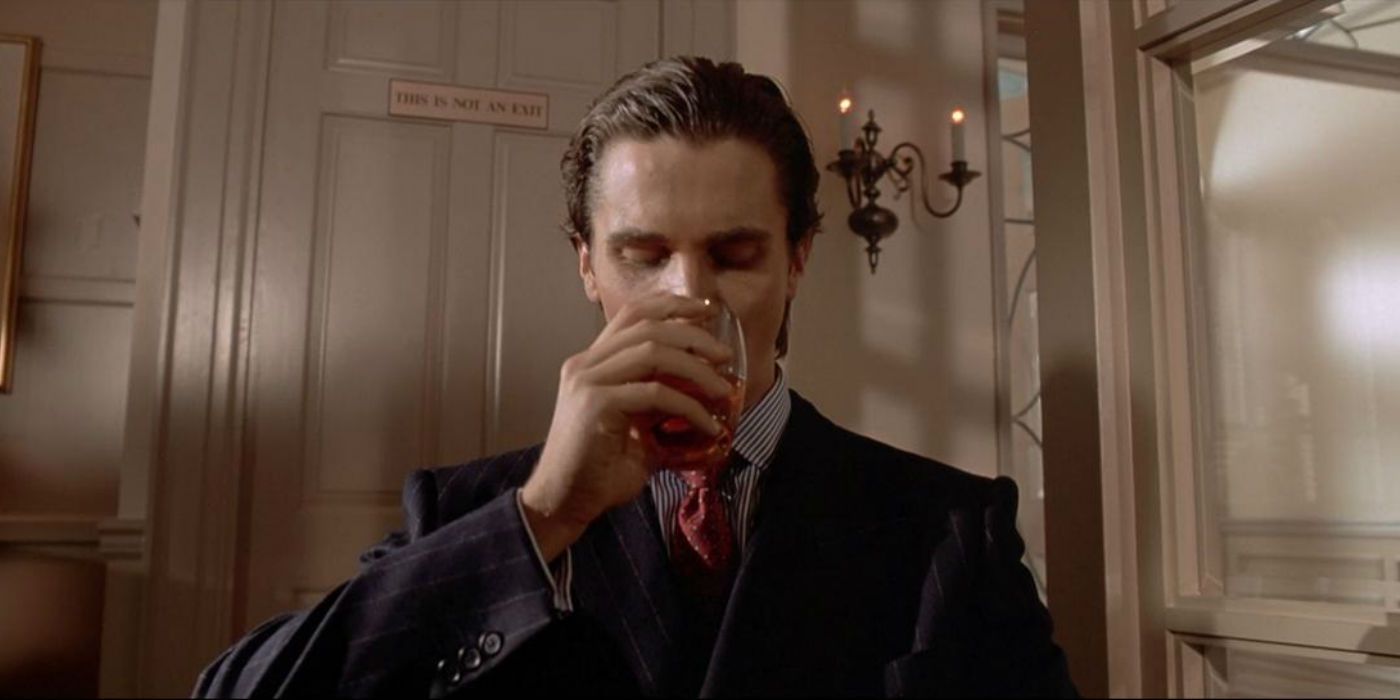
Though undoubtedly one of the most confusing finales put to screen, the American Psycho ending explained that the specific timeline of events is crucial to understanding what happened. When Bateman awakens from his crime spree and subsequent confession, he immediately goes to Paul Allen's apartment to clean up the remains he left there. However, Bateman instead finds no remains and a cold realtor who informs him that no “Paul Allen” owns the apartment in question before asking him to leave.
Bateman meets his co-workers for lunch and bumps into his lawyer, who mistakes him for someone else and assumes the voicemail was a joke poking fun at Bateman. The lawyer calls Bateman too “square” to have committed the atrocities in question, and when Bateman reiterates his crimes, the lawyer leaves the conversation in discomfort, annoyed by the joke going too far.
Since Paul Allen's body isn't in Patrick Bateman's apartment and the police have left Bateman alone, the ending shows that Bateman returns to his conversing with colleagues like it is just a normal day — and it is in their dialogue where the key to understanding the American Psycho ending is hidden.
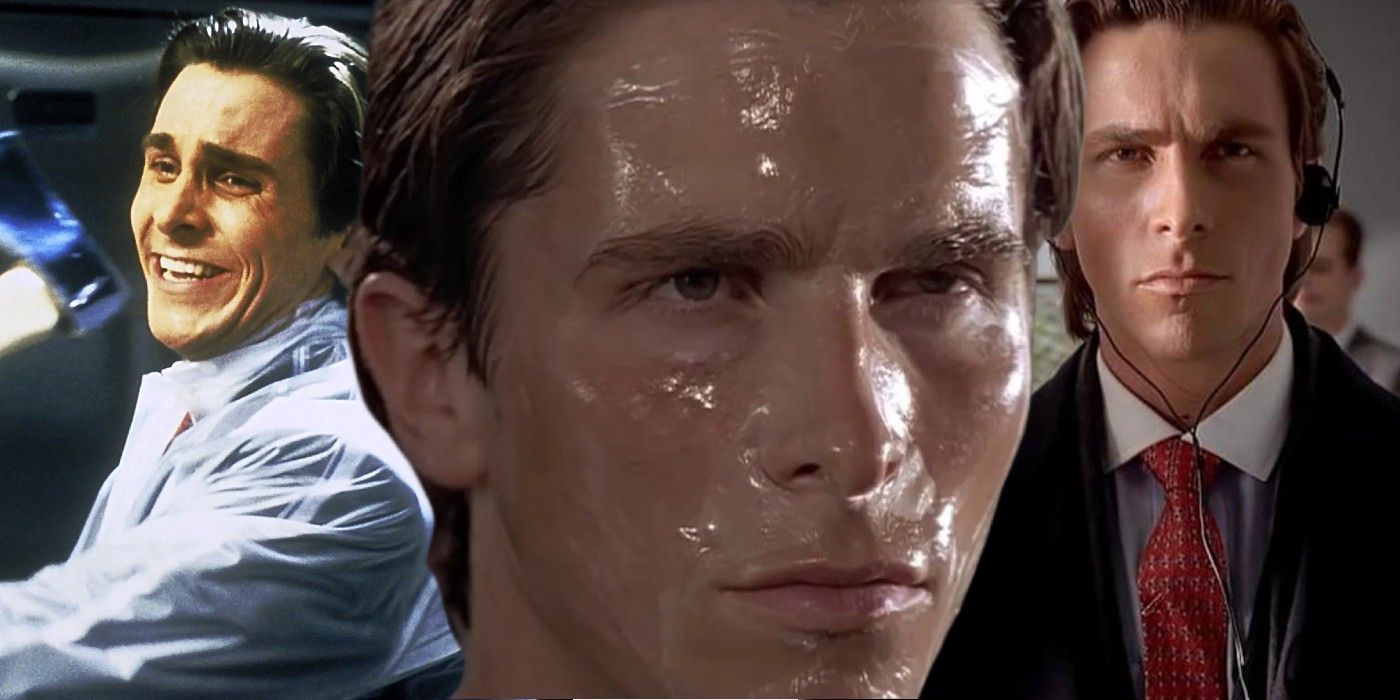
Related
20 Best Patrick Bateman Quotes From American Psycho
American Psycho has some great quotes from its serial killer protagonist, Patrick Bateman, and Christian Bale's delivery makes them beyond memorable.
Christian Bale partially based his performance on Tom Cruise (via Black Book).
American Psycho's Ending Explained By The Filmmakers
The Director And Co-Writer Assert That Patrick's Murders Were Real
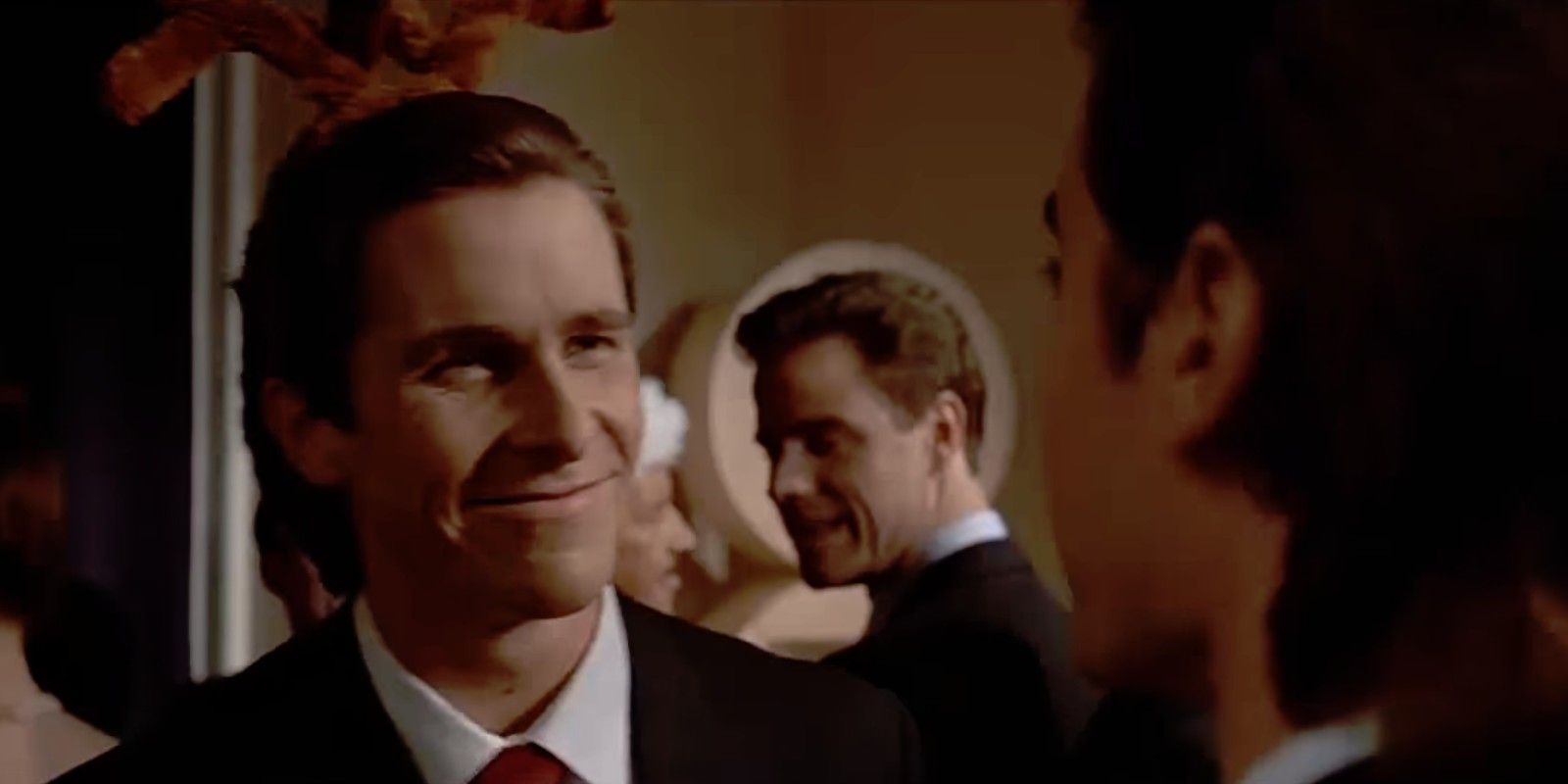
American Psycho director Mary Harron explained the ending as slightly fumbled — it's not meant to be the case that all of this happened in Patrick Bateman's head. Both she and co-writer Guinevere Turner have stated that the nature of the movie's ambiguous ending is far too nebulous, basically confirming that Patrick Bateman is, in fact, a serial killer. What Harron finds the most frustrating is that many audience members believe the ending is the classic "it was all a dream" trope.
Both creatives agree that the ending did happen in real life, and Bateman won't be prosecuted for his crimes based on his affluence and high-society status. In an interview with Charlie Rose, Harron states that she wished to make the ending ambiguous as a direct homage to the American Psycho book, never intending people to believe that Bateman wasn't a killer at all. Harron stated:
"One thing I think is a failure on my part is people keep coming out of the film thinking that it's all a dream, and I never intended that. All I wanted was to be ambiguous in the way that the book was. I think it's a failure of mine in the final scene because I just got the emphasis wrong."
Turner has also been adamant that the American Psycho ending explained that Bateman was the killer all along. While it's true that Patrick is experiencing delusions and hallucinations, it doesn't mean that the murders are in his head. Turner blames the muddiness of the ending on the dichotomy between the fantasy world that Bateman is currently living in and the reality of the murderous situation at hand.
In the Blu-ray/DVD commentary, Turner has a lot to say regarding the protagonist's mental deterioration and how it explains the American Psycho ending as a whole.
"What starts to happen as the movie progresses is that what you're seeing is what's going on in his head. So when he shoots a car and it explodes, even he for a second is like "Huh?" because even he is starting to believe that his perception of reality cannot be right."
Turner also goes on to talk about the fantasy world that Patrick is living in, stating that his perception of reality may be similar to what's going on but not entirely accurate. These things include the murders being messier and the sex workers being "less hot."
Did Patrick Bateman Really Kill Paul Allen?
It's Still Unclear If Jared Leto's Character Survived By The Ending Of American Psycho
Bateman and the viewer will never know for certain whether he killed a colleague
Mary Harron and Bret Easton Ellis have both said that whether Patrick killed Paul Allen is intentionally left ambiguous, as both possibilities reinforce American Psycho's meaning. The American Psycho ending suggests that Patrick could have killed a co-worker and no one around him would have noticed or cared because he was living in the amoral, high-powered environs of Wall Street.
In his circles, wearing the wrong outfit was a bigger misstep than costing millions of homeowners their life savings, meaning Bateman and the viewer will never know for certain whether he killed a colleague since inhumane acts mean that little to his co-workers and friends. It was clear when Paul mistook Patrick for Marcus Halberstram that he was planning to kill him, reinforcing the themes of projected affluence and identity.
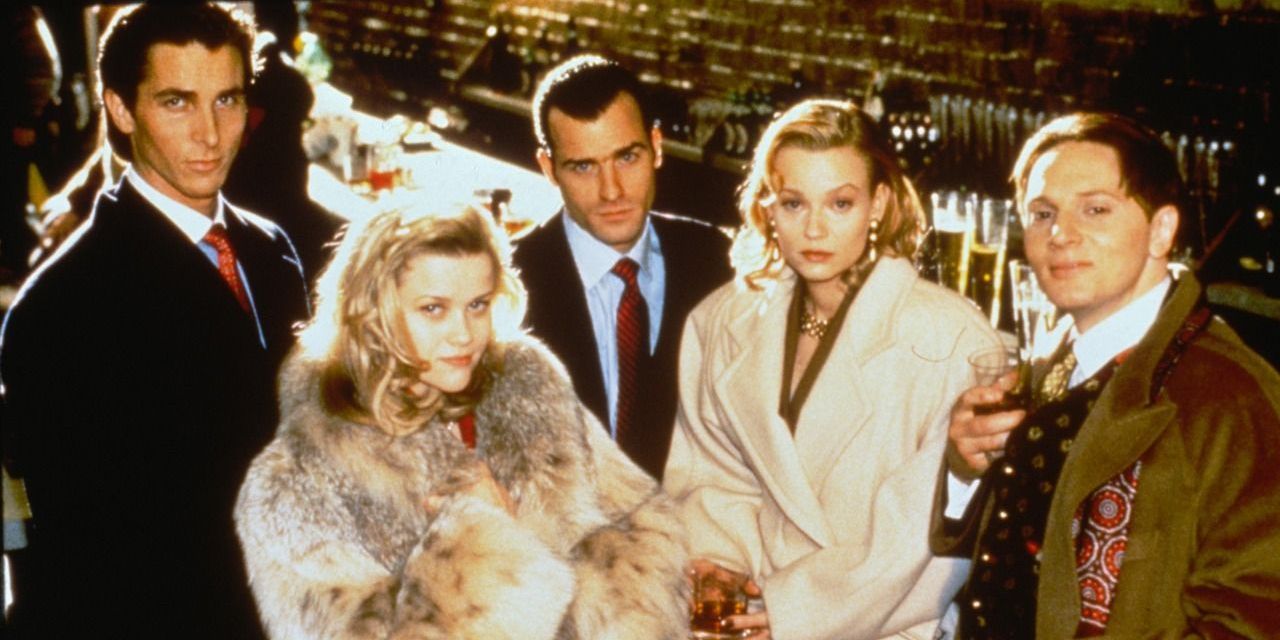
Related
American Psycho: Every Actor You Forgot Starred (& Where They Are Now)
Based on the Bret Easton Ellis novel, the American Pyscho film was a cult classic with an all-star cast. Here are the famous A-list faces in the movie
Jared Leto's American Psycho Reactions Were Genuine
The Shock On Paul Allen's Face Was More Than Just Acting
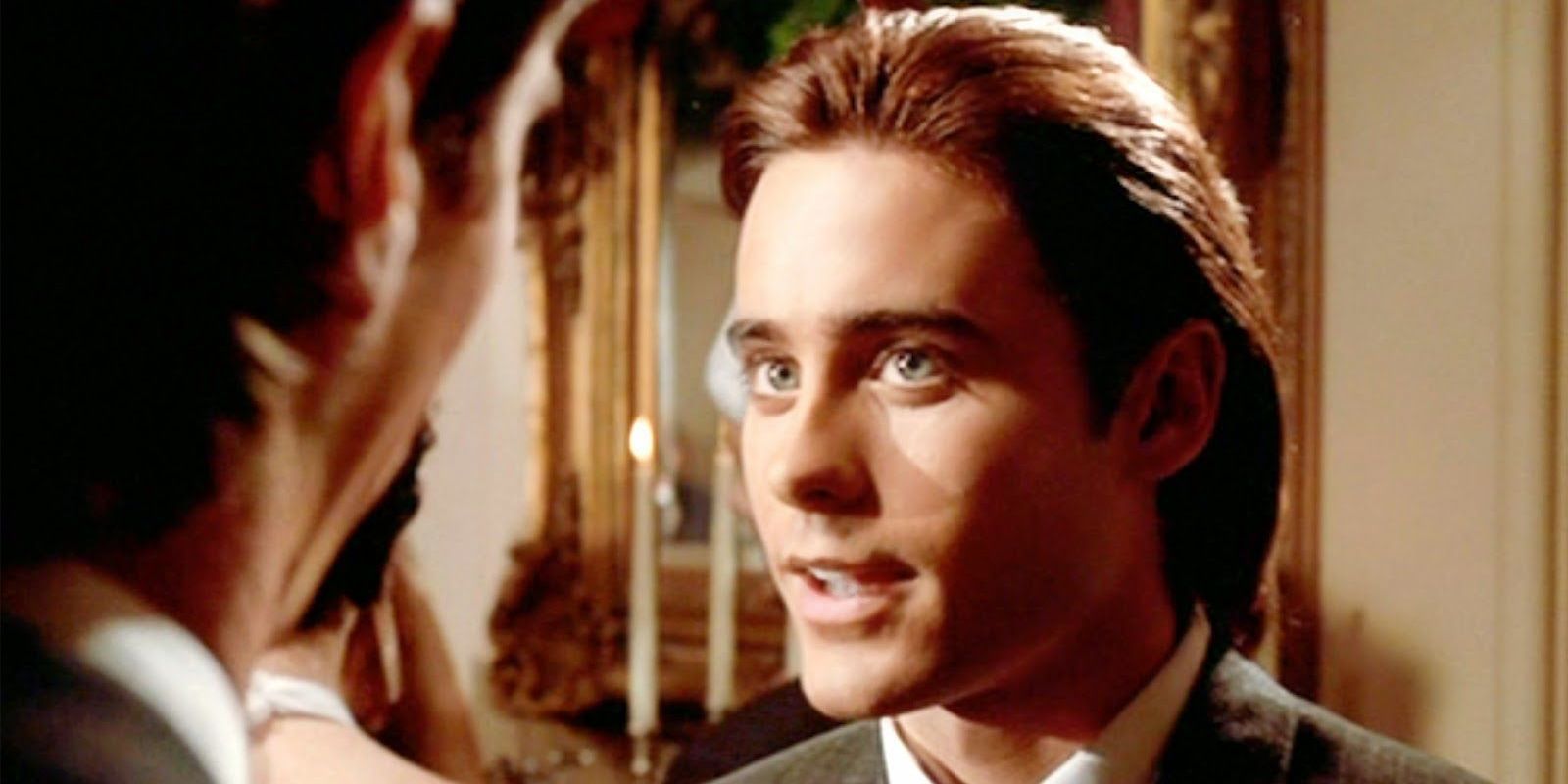
Jared Leto's infamous American Psycho scene was a short but notable performance from the actor. It also wasn't 100% acting. Paul Allen is sitting on the couch in Bateman's apartment when Bateman turns on "Hip to be Square" by Huey Lewis and the News and discusses the artistic integrity of the song. Bateman then dons a plastic raincoat and shouts, "Hey Paul!" which results in Paul Allen turning around and looking in shock as Bateman comes at him full force with an ax.
According to director Mary Harron, the look of complete shock on Jared Leto's face in the scene was completely real
According to Mary Harron, the surprised on Leto's face in the scene was completely real. Harron revealed to EW that when shooting American Psycho, the Paul Allen ax murder scene was rehearsed without Leto's knowledge. Christian Bale reportedly held back until the scene was shot in earnest so that when Leto turned to see Bale running at him with an ax, he was genuinely alarmed. The moment was kept in the final cut, and Harron had this to say about the scene:
"Christian held back his performance until then so that it would be a real surprise. When he screams 'Hey Paul' and Jared turns around and sees Christian running towards him with the axe, he looks genuinely shocked."
How Much Of American Psycho Is Real?
Bateman's Killings Likely Mirror Disturbing Real Life
Harron has expressed frustration over how common the "it was all in Patrick Bateman's head" reading of the movie adaptation has become. However, Bateman’s murder of an unhoused person is entirely believable, and even his very public killing of two sex workers is the sort of crime that people in positions of power have been able to erase from existence, which heavily plays into American Psycho's themes.
The killing of his co-worker is more likely to be an imaginary exploit since Patrick Bateman would likely be ejected from high society circles if he kept killing colleagues. However, even that’s not quite true on a metaphorical level.
Leonardo DiCaprio was nearly cast as Patrick Bateman.
Why Nobody Takes Patrick Bateman's Confessions Seriously
Do The People Around Patrick Simply Not Care?
As American Psycho satirizes the rich, backstabbing, headhunting, poaching, and more are frequently used to illustrate the duplicitous, amoral corporate culture of finance. Patrick Bateman’s “killing” of Paul Allen could be “real” since he ruined the career, livelihood, or life of a rival, and only Bateman’s conscience was clear enough to see this as a monstrous act, with everyone around him writing it off as just good business.
The "madness" of Bateman is rooted in Bale’s character attempting to literalize the awfulness of what he does for a living. As such, his co-workers fastidiously ignore this, as if they too started to see the unscrupulous elements of Wall Street, they would reconsider their entire life's choices. All of this lends itself to American Psycho's meaning, which tackles the obscenely wealthy facing no real consequences for their actions.
It Was All In Patrick's Head – Theories Explained
The Amigbuity Means American Psycho Will Be Speculated Over Forever

The film is so ambiguous that it's impossible not to speculate.
While Harron has adamantly refused that American Psycho is all in Patrick Bateman's head, there's enough ambiguity behind the events of the story to suggest otherwise. The most obvious indication of this is the fact that Paul Allen's body was nowhere to be found, and the apartment was spotless upon Patrick's arrival. Secondly, Willem Dafoe's Donald Kimball, though purposefully suspicious throughout the course of the movie, ultimately isn't able to tie Christian Bale's Patrick to any of the murders.
This is surprising, considering that Bateman's murders were so brazen that he was chasing sex workers while naked and wielding a chainsaw. On top of that, when Patrick calls his lawyer and confesses to all of his horrific crimes, the lawyer laughs him off. It could simply be that his lawyer found the idea impossible, but that's likely not the case.
Finally, out of all the people Patrick murdered, not a single body is found or seen again after their supposed deaths. It's true that the unreliable narrator trope does cheapen American Psycho's meaning. However, the film is so ambiguous that it's impossible not to speculate.
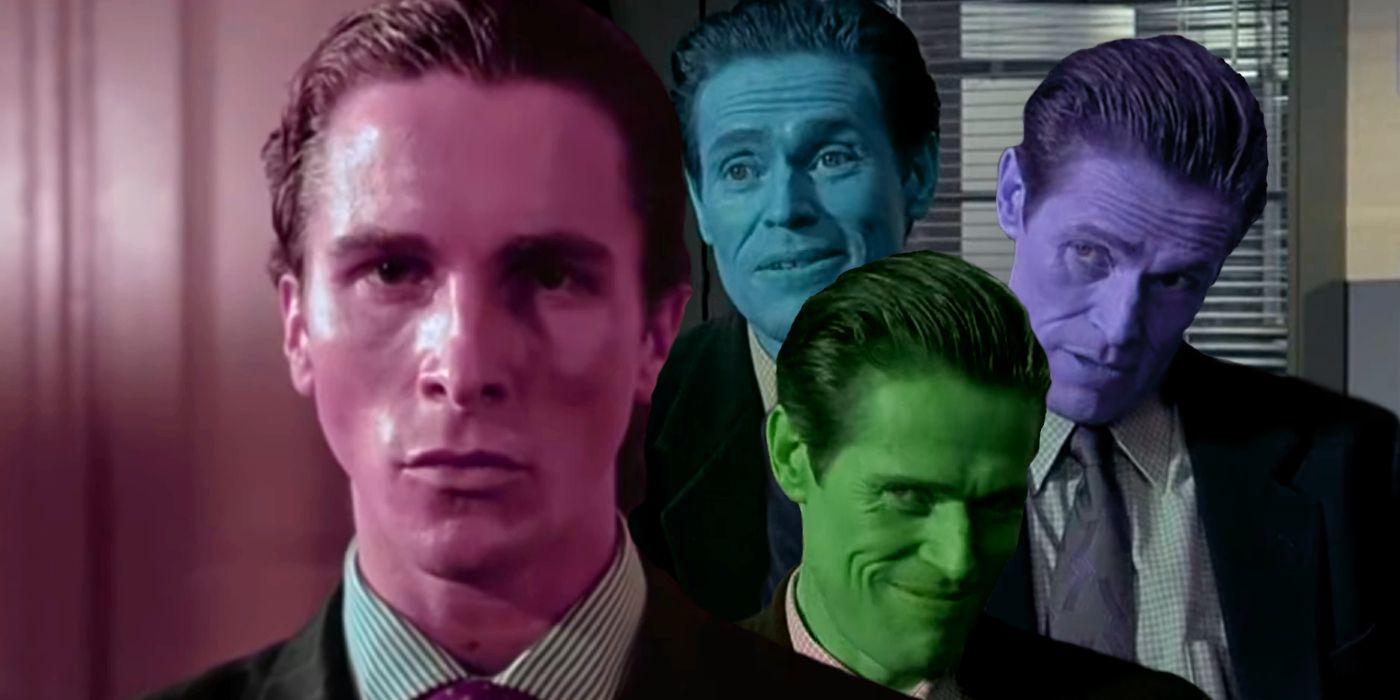
Related
The Amazing Reason Willem Dafoe's American Psycho Scenes Were So Unsettling
Paul Allen’s card is nice, but Willem Dafoe’s unsettling American Psycho scenes are simply sublime thanks to an amazing behind-the-scenes trick.
The Paul Allen Isn't Dead Theory
There Are Plausible Explanations For How Jared Leto's American Psycho Character Survived
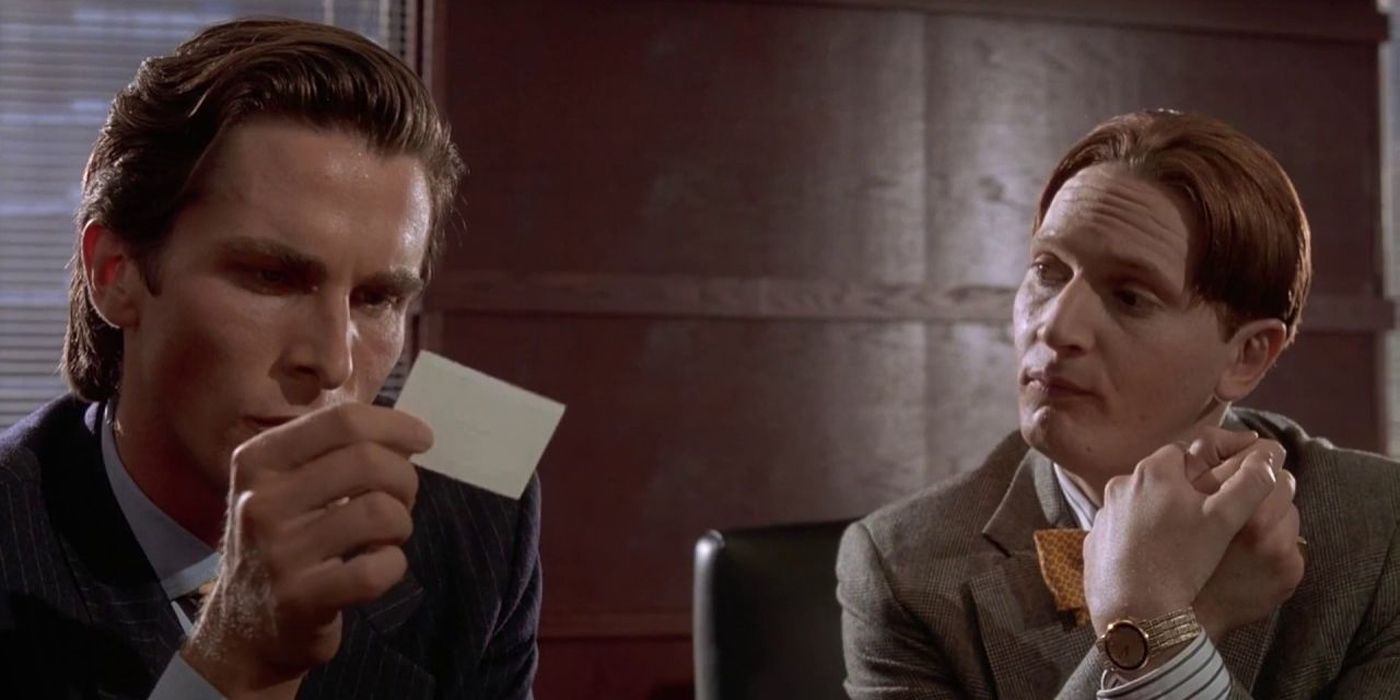
Though a lot of evidence suggests Paul's murder is all in Bateman's head, there's a clever theory that answers how Paul Allen is still alive in American Psycho. The theory is that Paul Allen is actually a number of different colleagues and that Patrick mistook them all for being the same person. Patrick often gets mistaken for other people in American Psycho and never corrects the faux pas, so it's likely that Bateman mistakes his colleagues for other employees too, given that they're all the same, unoriginal, self-centered yuppie archetype.
If that's the case, it's likely that all of Bateman's interactions with "Paul Allen" are actually with different people, and the audiences only see Jared Leto's character because they are seeing it from Bateman's perspective. In American Psycho, Bateman and the viewer never see Paul again after his death, but several other characters mention speaking with him. As a result, Bateman could have killed one of his colleagues, believing him to be Paul Allen, but it might have been a completely different employee.
In the American Psycho novel, the Paul Allen character's name is Paul Owen, and that's too random and specific of detail to change without there being a reason. Paul Owen could exist in the movie world, and as the surnames are so similar, Paul Allen could often be confused with Paul Owen, and that might be exactly what Bateman did. It's possible that Patrick killed Paul Owen thinking it was Paul Allen. That's why nobody believes Patrick's confession, as Paul Allen is still alive, and everybody is too self-obsessed to notice Paul Owen is missing or even acknowledge his existence.
What American Psycho Really Means
The Movie Is About The Bleak Corporate Cynicism That Followed The 1980s
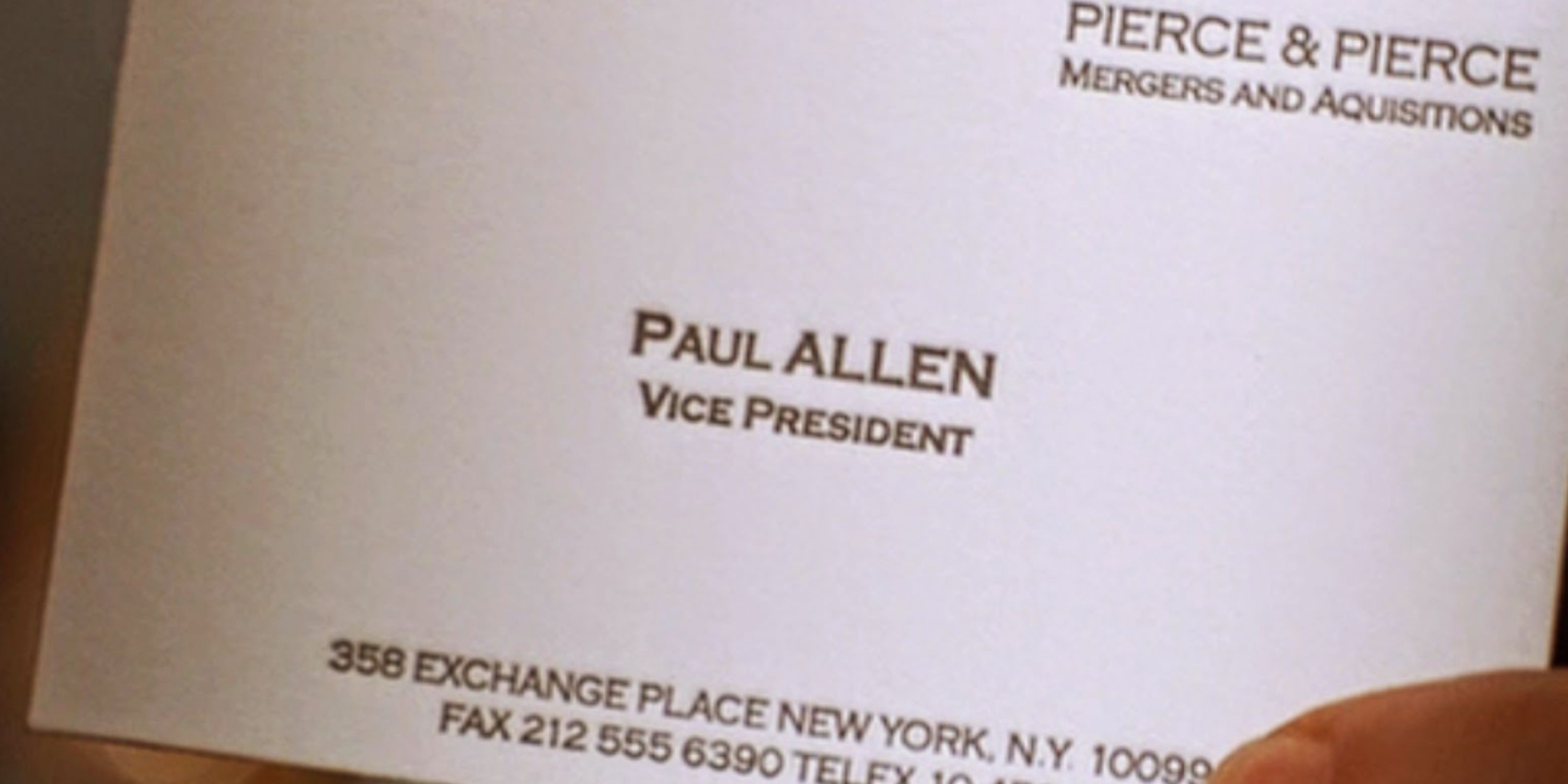
American Psycho’s meaning can be found in a conversation during the movie’s closing scene. Bateman returns from the confounding confrontation with his lawyer to find his co-workers watching Ronald Reagan speak on television, commenting on the Iran Contra affair. Bateman’s co-worker (Justin Theroux) notes that Reagan presents himself as “a harmless old codger, but inside…” only for Bateman’s internal monologue to note that what’s inside doesn’t matter.
Reagan’s positive public perception saw him maintain popularity despite ignoring the AIDS crisis, the Iran Contra affair, lobbying scandals, and the income inequality fostered by Reaganomics. When Bateman’s co-worker asks him for his take on the president, Bateman responds with a placid "Whatever." This uncaring facade prefigures the intense apathy and nihilism that dominated the pop culture landscape after the optimistic idealism of the ‘80s segued into the grim, cynical hopelessness of the ‘90s.
Both the movie and the book conclude on this dark idea, one which explains American Psycho's meaning by clarifying that which crimes were real doesn’t matter. A person like American Psycho's Bateman can, after all, commit untold evil once they maintain a positive public face, and the true extent of their misdeeds may stay forever unknowable because people can’t see what they choose not to believe or care about.
The Sequel Hurts The American Psycho Ending
American Psycho 2 Removed The Ambiguity With No Payoff
While there are a number of fans who have issues with the idea of an American Psycho remake, many might not be aware that the movie also has a sequel. American Psycho 2 is very loosely connected to the original, which makes sense given the fact that it was filmes as a completely separate and standalone movie called The Girl Who Wouldn't Die. The movie, starring Mila Kunis as the new killer protagonist, was then reshot to add in scenes connecting it to American Psycho in some lazy ways.
While the plot of American Psycho 2 is inconsequential as related to the Mary Harron movie, it opens with a flashback to Kunis' character Rachael as a young girl. She accompanies her babysitter on a date with a man who turns out to be Patrick Bateman, played by Michael Kremko instead of Christian Bale. After witnessing Bateman kill the babysitter, the young girl kills him with an icepick.
Not only is it incredibly controversial for a child to kill off a character as iconic as Patrick Bateman in the opening moments of the sequel, but the whole scene ruins the ending of the original. While the ambiguity of Bateman's murders is one of the best aspects of American Psycho, the sequel throws that out the window, showing unequivocally that he is a serial killer, even confirmed through the eyes of a different character, rather than the first movie's unreliable narrator.
Given how pointless the American Psycho connection is to American Psycho 2, it is highly disappointing that the brilliant ending was sullied by something so nonsensical. It is not surprising that American Psycho author Brett Easton Ellis denounced the supposed sequel.
How The American Psycho Ending Was Received
The Ending Took A Backseat To The Central Themes Of The Story
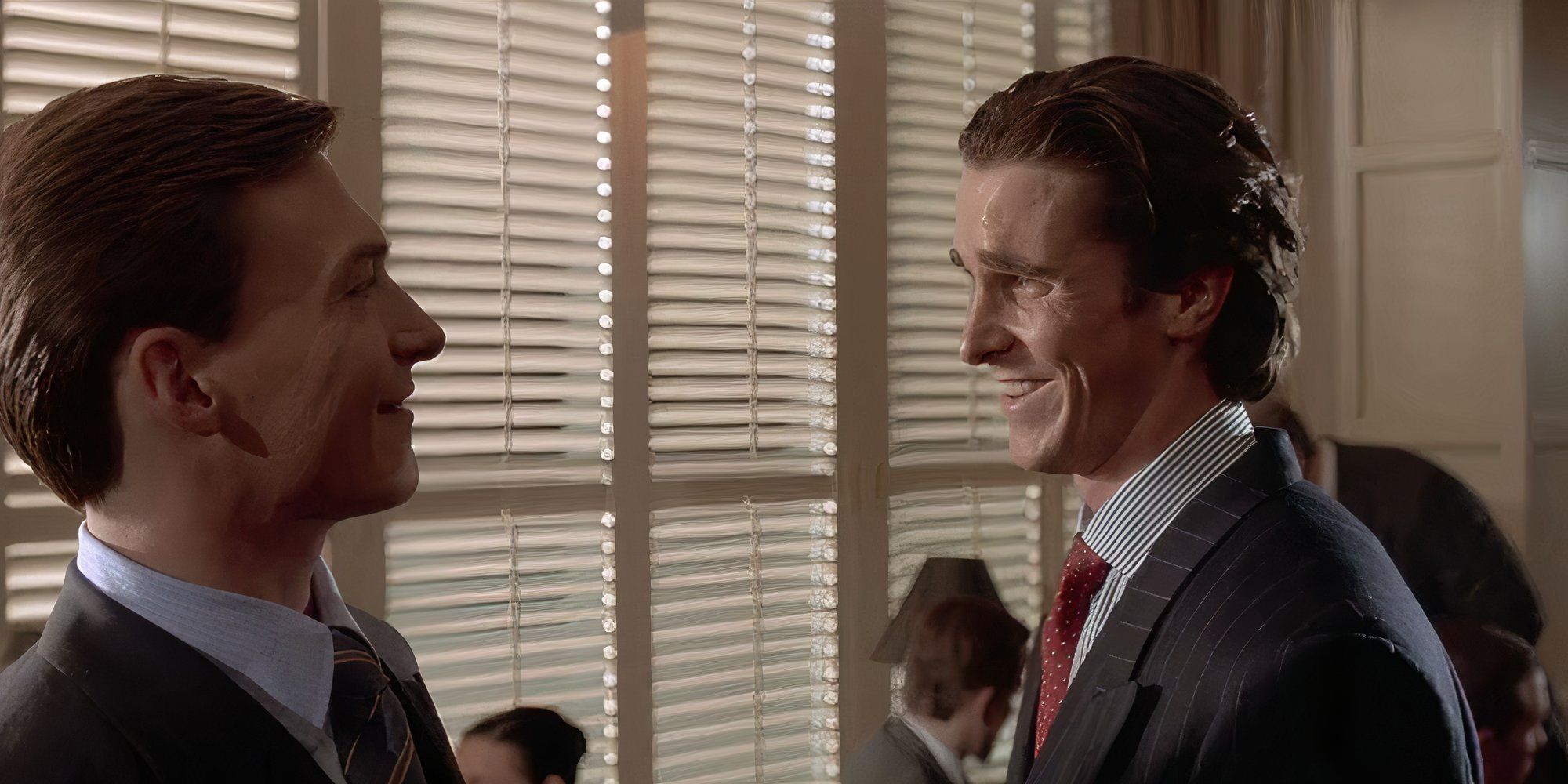
Despite releasing over two decades ago, American Psycho remains one of the most discussed and dissected movies of the 21st century. There are fresh reviews of American Psycho posted across various sites almost weekly as new audiences re-discover the classic psychological thriller, and its themes and critique of corporate greed (and the apathy of those who perpetuate it) remain just as poignant as ever.
Of course, the classic American Psycho ending with its masterful sewing of doubt with regard to what (if anything) in the movie was real is continually celebrated in retrospective reviews of Mary Harron's adaptation of Bret Easton Ellis's novel. It's interesting to note, however, that the final moments weren't anywhere near as much of a focus in contemporary reviews when the film first hit theaters all the way back in the year 2000.
When American Psycho first released, the movie was incredibly divisive. There were as many critics who dismissed the now-classic movie as there were who celebrated it. What's more, the focus from both the positive and negative responses wasn't on the now-infamous ambiguity of the ending (at least not directly). Instead, there were two key aspects of American Psycho that grabbed all the attention - Christian Bale's performance and, in a broader sense, Patrick Bateman as a character, and the core themes of Mary Harron's version of the story.
The conversation on American Psycho doesn't seem to focus on the ending despite it being notorious, and instead reviews past and present are focused on the broader conversation created by the story as a whole.
Writing in 2000, renowned critic Roger Ebert dedicated none of his four-star review to the ending of American Psycho. Instead his focus was entirely on the message Harron conveyed with her script and directorial work, and Christian Bale as the infamous corporate serial killer Patrick Bateman. "It’s just as well a woman directed American Psycho," Ebert wrote in the opening of his review, "she’s transformed a novel about bloodlust into a movie about men’s vanity." He then goes on to elaborate further on American Psycho's important commentary resonates in the context of Harron being a female filmmaker:
"Harron is less impressed by the vile Patrick Bateman than a man might have been, perhaps because as a woman who directs movies, she deals every day with guys who resemble Bateman in all but his body count. She senses the linkage between the time Bateman spends in the morning, lovingly applying male facial products, and the way he blasts away people who annoy him, anger him or simply have the misfortune to be within his field of view. He is a narcissist driven by ego and fueled by greed. Most of his victims are women, but in a pinch, a man will do."
Much of Ebert's review focuses on this aspect of American Psycho, paying no heed to the plot itself or the ending and instead analyzing the film at both a thematic level and a contextual one. Surprisingly, too, as much as the ending of American Psycho is a key aspect of the story and viewing experience, many modern retrospective reviews also seem to ignore it in favor of focusing on the broader themes (which raises eyebrows since Patrick's detachment from his actions to the point he may have imagined them, as the ending reveals, is central to the core message).
For example, Scott Tobias's 20-year retrospective on American Psycho in The Guardian, written in 2020, all-but-ignores the final moments in the same way Ebert's review did two decades prior. The conversation on American Psycho doesn't seem to focus on the ending despite it being notorious, and instead reviews past and present are focused on the broader conversation created by the story as a whole. This is true even when the ending is mentioned, such as in Tobias' review:
It would not be accurate to consider Harron and Turner’s American Psycho a feminist critique of Ellis’s novel so much as a clever and shrewd articulation of it, with less potential for being misunderstood. (Ellis himself has expressed mixed feelings about the film, but seems grateful to it for clarifying his satirical intent.) Where the book’s deranged first-person style juxtaposed graphic scenes of violence with equally long and pornographic descriptions of high-end consumer items, the film’s voiceover narration integrates them more smoothly, as blood-streaked black comedy. Some of the intended ambiguity may be lost, especially in a finale that’s chaotic and confusing, but the film still feels like an adaptation problem Harron and Turner have solved. They sharpened the implement.
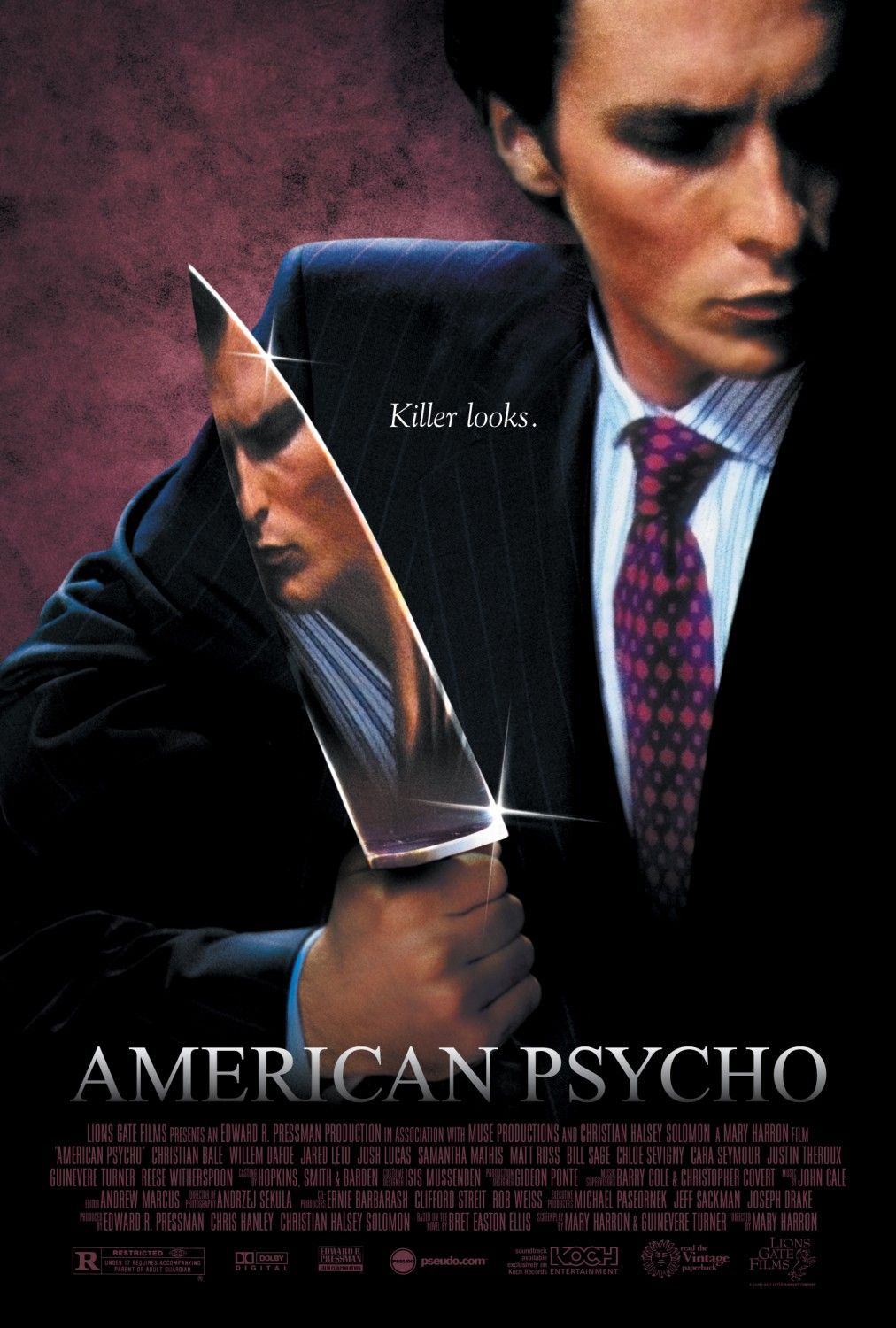
Your changes have been saved
Based on the book of the same name by Bret Easton Ellis, American Psycho follows Patrick Bateman (Christian Bale) an investment banker in New York in 1987 who leads a double life as a serial killer. As investigators circle Bateman after the disappearance of a colleague, he finds himself trapped in a spiral of murder and excess, unable to stop himself from giving in to his increasingly dark urges. Also stars Willem Dafoe, Jared Leto, Justin Theroux, and Reese Witherspoon.
Director Mary Harron
Release Date April 14, 2000
Studio(s) Lionsgate
Writers Bret Easton Ellis , Mary Harron , Guinevere Turner
Runtime 101 minutes

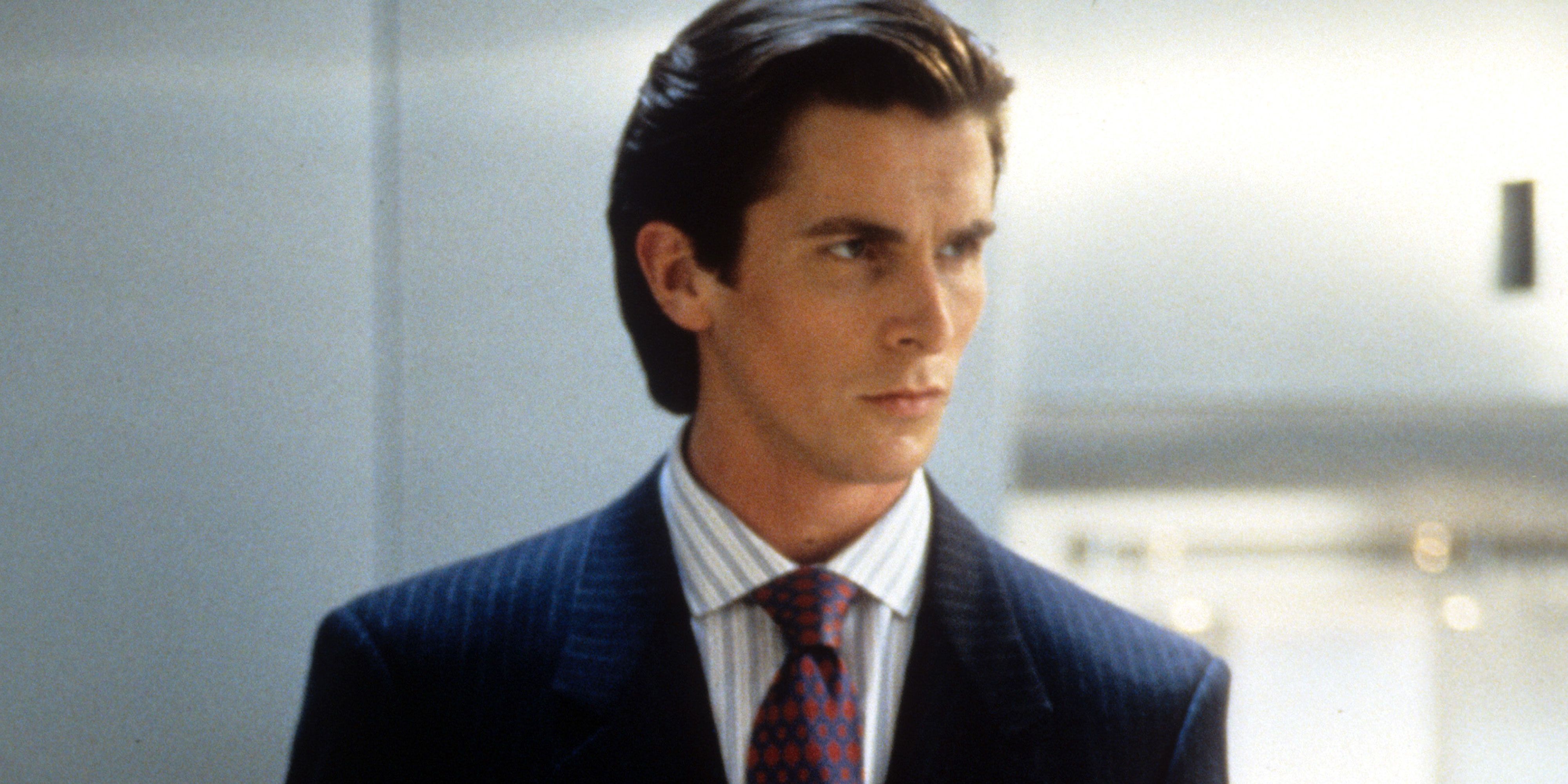
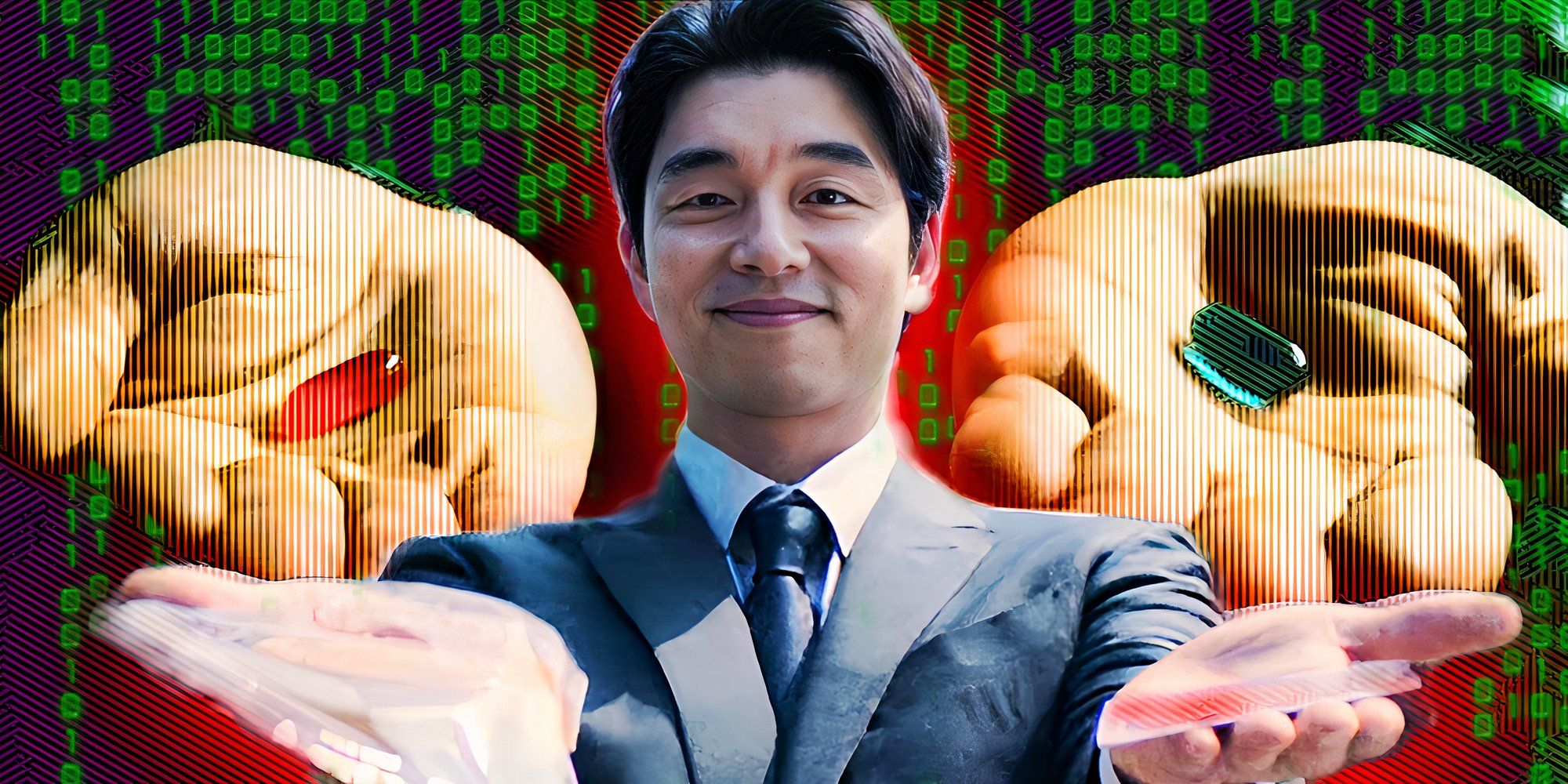
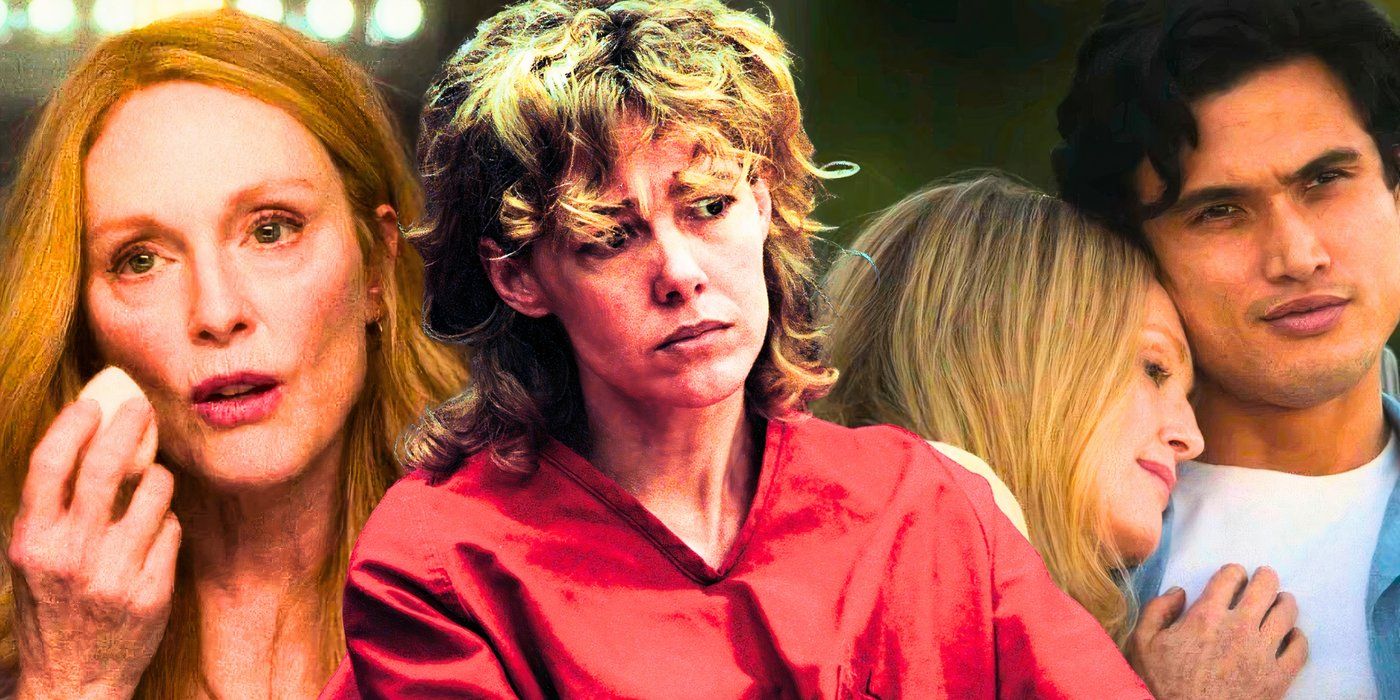






 English (US) ·
English (US) ·